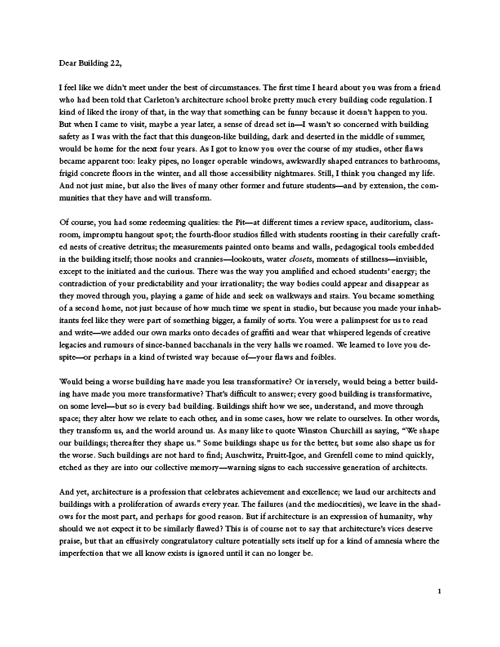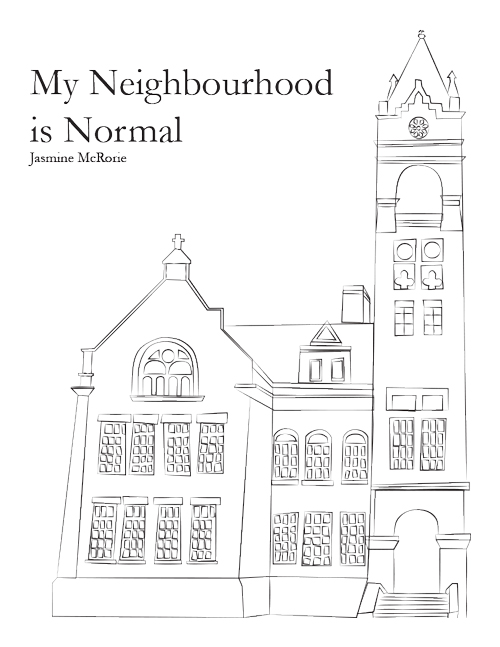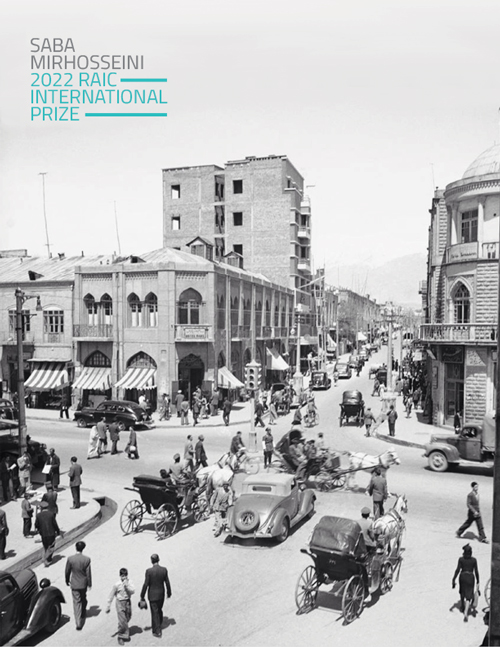Three students win RAIC International Prize Scholarships

OTTAWA, February 24, 2022 – The RAIC Foundation and the Royal Architectural Institute of Canada (RAIC) are pleased to announce the three winners of the 2022 RAIC International Prize Scholarships.
- Lewis Canning – Dalhousie University
- Fabio Lima – Université de Montréal
- Jesse Martyn – University of British Columbia
Each student has won a $5,000 scholarship, from the RAIC Foundation, for writing an essay explaining how a work of architecture can be transformative.

The jury awarded three Certificates of Merit to the following students:
- Jerry Chow – Carleton University
- Jasmine McRorie – University of Waterloo
- Saba Mirhosseini – University of Manitoba
The RAIC International Prize Scholarships are presented in conjunction with the RAIC International Prize. The winner of the RAIC International Prize, to be selected from a shortlist of three projects from Montreal, Winnipeg and Edmonton, will be announced at the RAIC Awards Celebration virtual presentation in June 2022.
The RAIC received 75 eligible scholarship entries in both English and French from students enrolled in, or recently graduated from Canada’s 12 accredited schools of architecture as well as students at the RAIC Centre for Architecture at Athabasca University and the RAIC Syllabus Program.
Jury Chair Lisa Landrum expressed the sentiments of all involved in this exercise: “The many excellent essays on architecture’s transformative potential made the jury’s job challenging yet rewarding. Every submission shared compelling visions and convictions, some with poetic nuance and allusion, others with zeal and grit. All expressed tremendous hope and an urgent sense of responsibility. It is heartening to witness so many emerging professionals caring so deeply for how architecture impacts society and the planet. Collectively, the 75 submissions represent a diverse and powerful force bringing change to the future of architecture.”
 Lewis Canning’s essay, entitled “Transformative vs. Supportive: The Case for Economics in Architecture,” argues against top-down, quick-fix developments, which often disrupt and destroy neighborhoods of marginalized populations. To resist, this paper urges architects to seize big-picture economics not as an obstacle but as a design tool to lift small-market economies, empower local communities, ameliorate inequalities, and foster cultural resiliency.
Lewis Canning’s essay, entitled “Transformative vs. Supportive: The Case for Economics in Architecture,” argues against top-down, quick-fix developments, which often disrupt and destroy neighborhoods of marginalized populations. To resist, this paper urges architects to seize big-picture economics not as an obstacle but as a design tool to lift small-market economies, empower local communities, ameliorate inequalities, and foster cultural resiliency.
As Canning writes: “[I]t’s time for architects to stop looking to be transformative... Instead, they should be asking how their designs can culturally and economically support their communities in the present, and for future generations.”
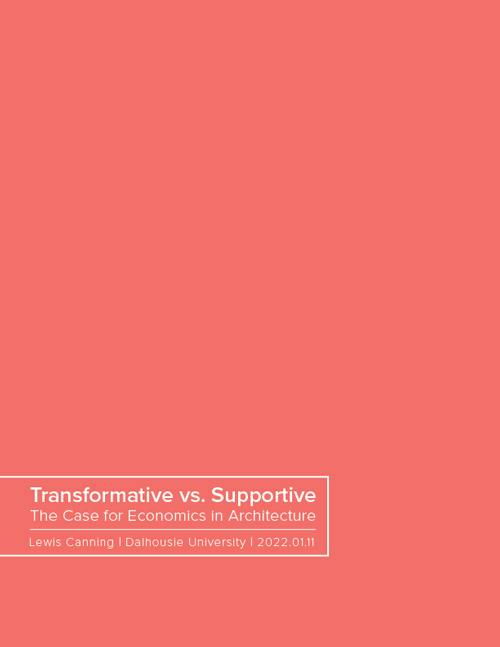 Transformative vs. Supportive
Transformative vs. Supportive
The Case for Economics in Architecture
Lewis Canning, Dalhousie University
RAIC International Prize Scholarship 2022 Recipient
Click to read essay
En français
 “Espaces latéraux” (Lateral Spaces) by Fabio Lima, offers a moving portrait of Montréal’s Portuguese community in the 1960s and 70s. In contrast to the city’s megastructure endeavors, such as Expo ‘67 and the subway system, “Lateral Spaces” shows the transformative potential of modest buildings to create a truly radical “architecture of gathering” (architecture du rassemblement). Centred on Montreal’s Missão Santa Cruz, this compassionate tale illuminates the epic struggles faced by displaced populations seeking spatial expression and agency in their new cities.
“Espaces latéraux” (Lateral Spaces) by Fabio Lima, offers a moving portrait of Montréal’s Portuguese community in the 1960s and 70s. In contrast to the city’s megastructure endeavors, such as Expo ‘67 and the subway system, “Lateral Spaces” shows the transformative potential of modest buildings to create a truly radical “architecture of gathering” (architecture du rassemblement). Centred on Montreal’s Missão Santa Cruz, this compassionate tale illuminates the epic struggles faced by displaced populations seeking spatial expression and agency in their new cities.
As Lima writes: “Architecture therefore becomes the vehicle of self-determination… Like good stories shared around a fire, architecture as a unifying space becomes the guarantor for the preservation of stories on the margins of the dominant narrative curve.” (L’architecture devient dès lors le véhicule d’une autodétermination… À l’image des bonnes histoires partagées autour d’un feu, l’architecture comme espace fédérateur devient garante de la préservation des récits en marge de la courbe narrative dominante.)
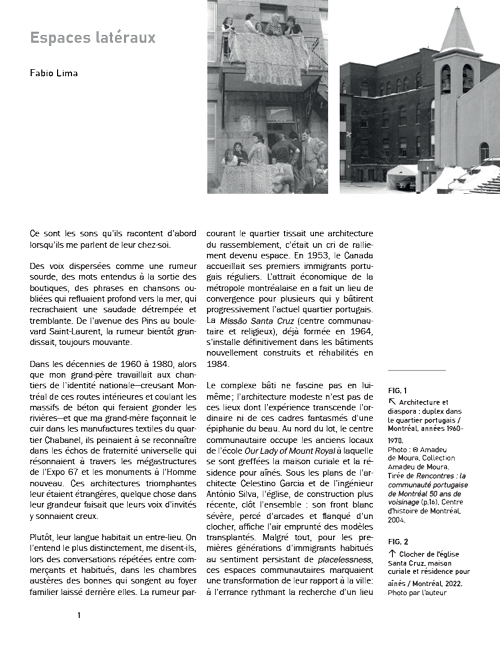 Espaces latéraux
Espaces latéraux
Fabio Lima, Université de Montréal
RAIC International Prize Scholarship 2022 Recipient
Click to read essay (in French)
In English
 In “A Thinkbelt Continuum,” Jesse Martyn builds a rousing argument for a mind-bending “anticipatory” architecture of big ideas – which may come in small packages. With a montage of personal reflections, historical anecdotes, cinematographic references, and examples of insurgent Canadian architectural practices, the essay opposes assembly-line Fordism to manifesto-driven speculation. The narrative reveals the potential of imaginative architecture to expand boundaries, embrace tensions, and provoke change.
In “A Thinkbelt Continuum,” Jesse Martyn builds a rousing argument for a mind-bending “anticipatory” architecture of big ideas – which may come in small packages. With a montage of personal reflections, historical anecdotes, cinematographic references, and examples of insurgent Canadian architectural practices, the essay opposes assembly-line Fordism to manifesto-driven speculation. The narrative reveals the potential of imaginative architecture to expand boundaries, embrace tensions, and provoke change.
As Martyn writes, “[A]rchitects shape society through both buildings and speculative ideas… sometimes one's conviction to disrupt an industry that's notoriously resistant to change can be powerful enough to spark transformation.
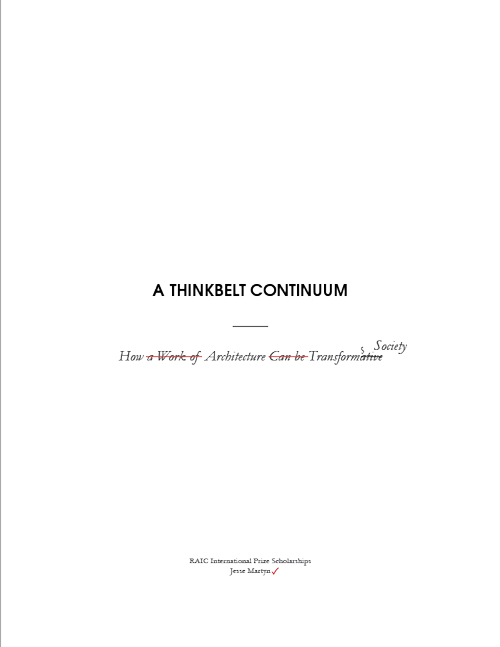 A THINKBELT CONTINUUM
A THINKBELT CONTINUUM
How a Work of Architecture Can be Transformative s Society
Jesse Martyn, University of British Columbia
RAIC International Prize Scholarship 2022 Recipient
Click to read essay
En français
Certificate of Merit recipients
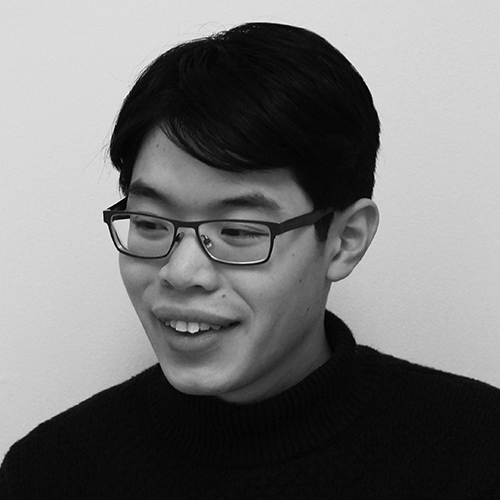 Composed as a letter from an old friend, Jerry Chow’s, “Dear Building 22,” offers a clever and insightful reflection on the imperfect yet profoundly impactful architecture school where he studied at Carleton University.
Composed as a letter from an old friend, Jerry Chow’s, “Dear Building 22,” offers a clever and insightful reflection on the imperfect yet profoundly impactful architecture school where he studied at Carleton University.
As Chow writes, “Building 22… I think you changed my life. And not just mine, but also the lives of many other former and future students… you too are an imperfect work of architecture, but perhaps that is why I have found the mark you have left on my life to be so indelible.”
Jerry Chow, Carleton University
RAIC International Prize Scholarship Certificate of Merit Recipient
Click to read the essay
En français
 Jasmine McRorie’s essay, “My Neighbourhood is Normal,” tells a story of the 120-year-old Normal School building in London, Ontario, and of the tenacious community-engaged process of preserving its heritage and the beautifully normal life its architecture supported.
Jasmine McRorie’s essay, “My Neighbourhood is Normal,” tells a story of the 120-year-old Normal School building in London, Ontario, and of the tenacious community-engaged process of preserving its heritage and the beautifully normal life its architecture supported.
As McRorie writes, “This old, abandoned building transformed into a community space because the neighbourhood never gave up on it. This not a one-off miracle story, many communities have started to reclaim their history… After all, my community is just like any other. My neighborhood is normal.”
Jasmine McRorie, University of Waterloo
RAIC International Prize Scholarship Certificate of Merit Recipient
Click to read essay
En français
 With compelling verbal and visual analysis, Saba Mirhosseini’s essay, “Transformative Architecture,” traces the long history of flux and stability along the “fluid cosmos” of Tehran’s Lalehzar Street.
With compelling verbal and visual analysis, Saba Mirhosseini’s essay, “Transformative Architecture,” traces the long history of flux and stability along the “fluid cosmos” of Tehran’s Lalehzar Street.
As Mirhosseini writes, “the most vital point in the city can become the beating heart of the town… For me, Lalehzar Street in Tehran-Iran is exemplary… every location of this street has told a new story in dialogue with times.”
Saba Mirhosseini, University of Manitoba
RAIC International Prize Scholarship Certificate of Merit Recipient
Click to read essay
En français
For more information:
Katie Russell
Business Development Manager
krussell@raic.org
T 613-695-4727
